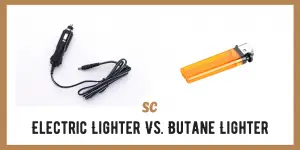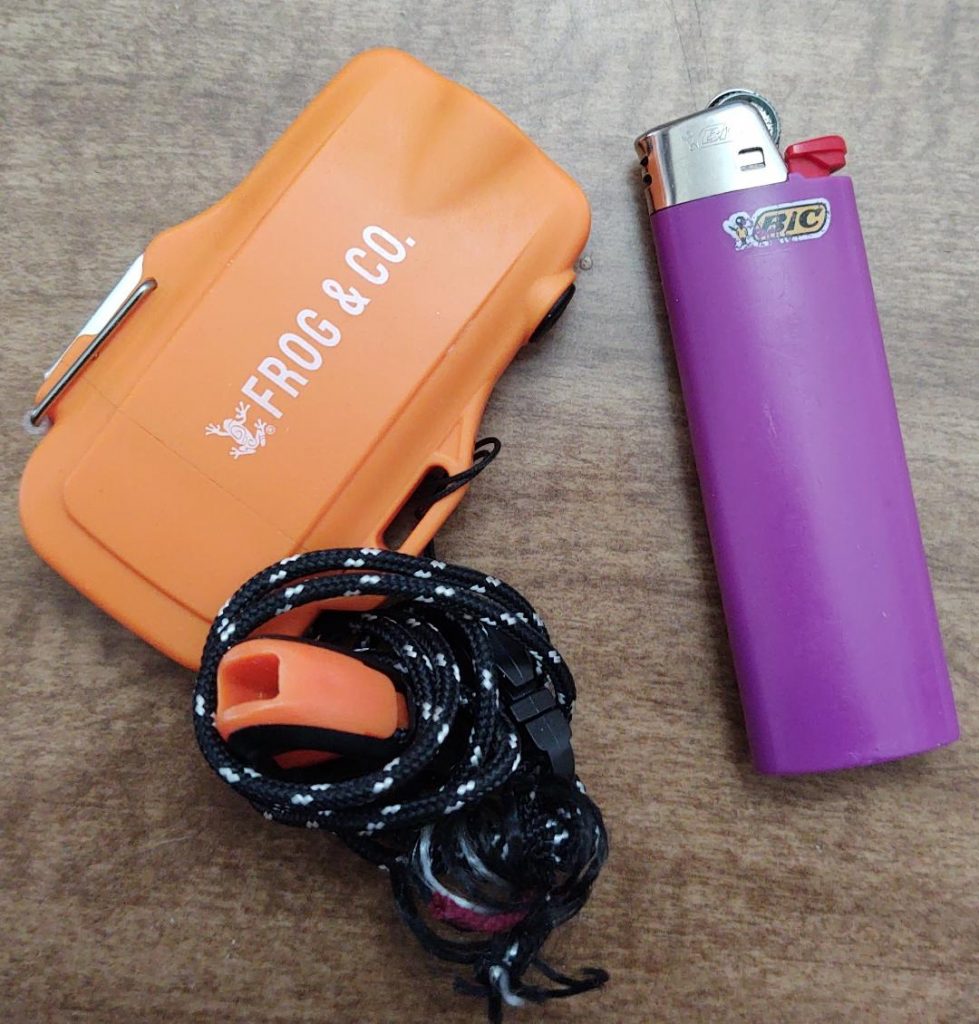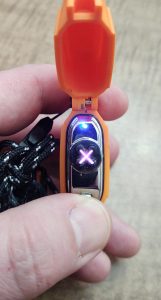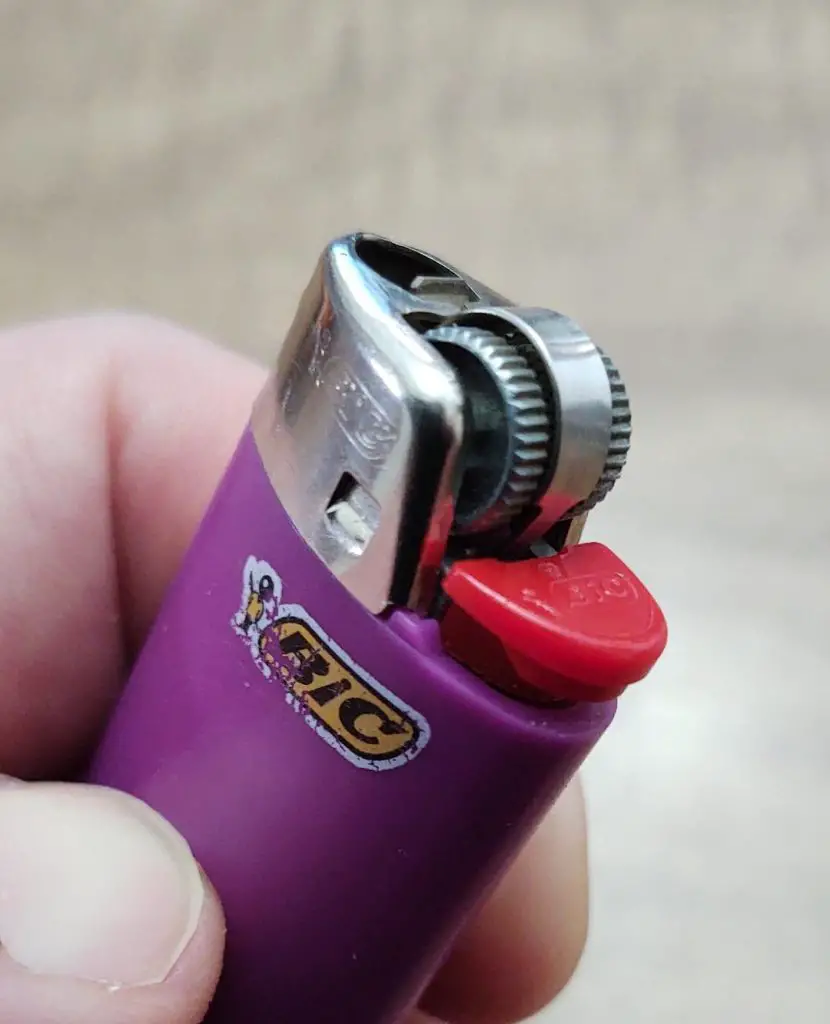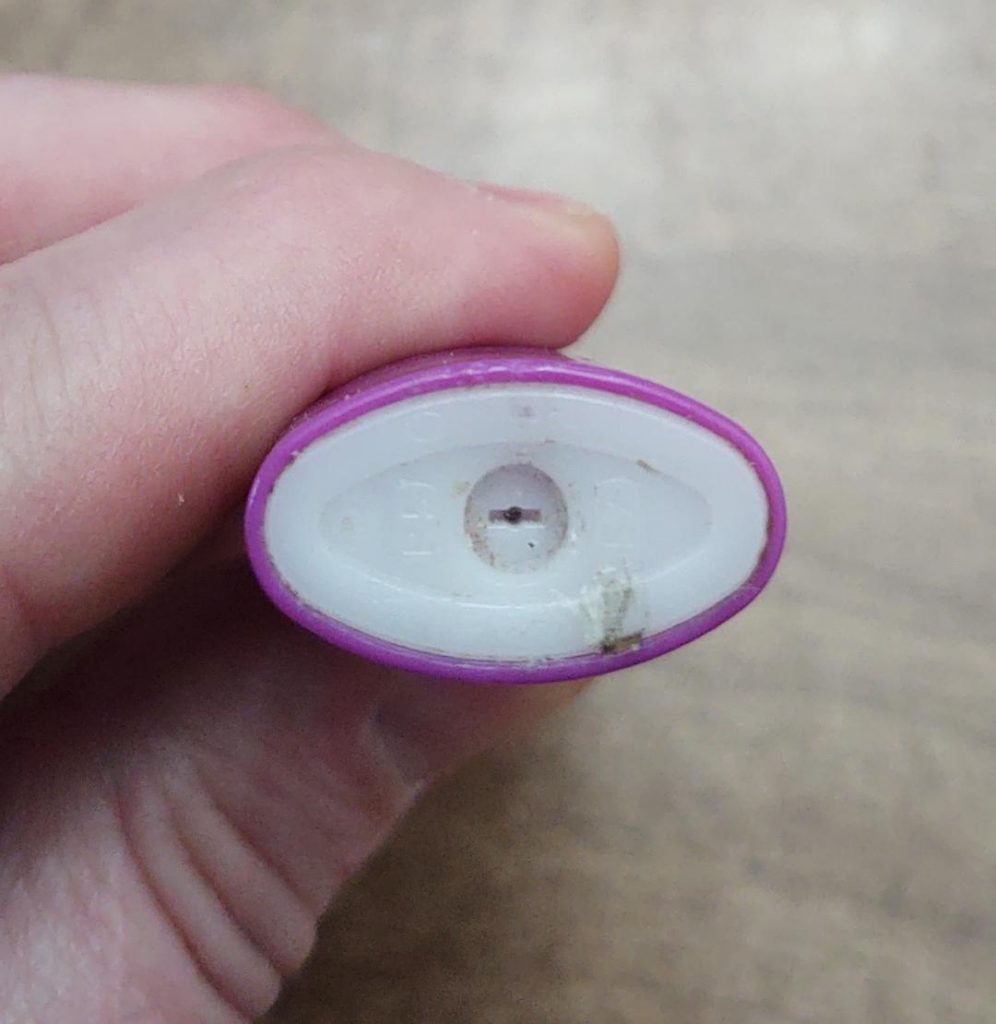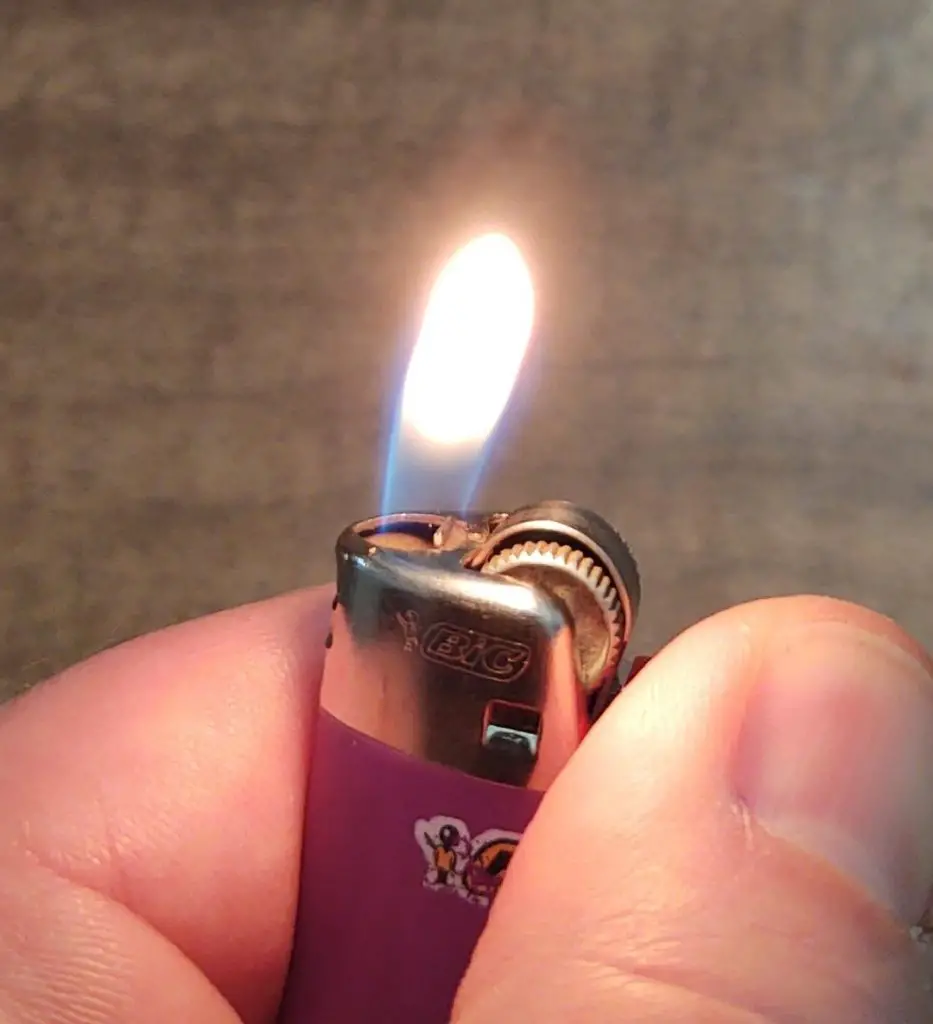I am an old-school type of guy so sometimes I am a little set in my ways. That is not to say that I am not open to new things and change but I do like to take my time with them.
Butane lighters have been around for decades whereas electric lighters are somewhat new. I had seen electric lighters being used in passing and only tried one out a few times. I thought they were cool but also a bit gimmicky.
On several occasions, I was asked if I was going to switch over to using an electric lighter, to which my answer was, “I’ll stick with my BiC.”
A BiC lighter was something that I had used for my entire life. They are dependable, well made, and best of all they are incredibly affordable. At the time, it did not make sense to spend thirty times more money on an electric lighter when a butane lighter did the same thing.
Up until last year, I held the same mindset concerning electric lighters as I always have. That is, until I was asked to try one out for a review here on Survival Cache. If you are interested in the details of that review, check out my article “Tesla Survival Lighter Review.”
I have now spent eight months using that electric lighter, and I thought it was time to do a head-to-head comparison. Specifically, I will be comparing the Tesla Lighter by Survival Frog and a butane BiC lighter.
SKIP AHEAD
Tesla Survival Lighter (Electric)
This product uses a rechargeable battery bank to create an arc of electricity across 4 points. Some arc lighters only have two nodes, but this one has four.
There is a small button on the top face of the arc lighter and when it is depressed and held, it creates a “plasma arc” by an electric current; this is how most electric lighters work. Any flammable material can then placed just above or between the arc points to ignite it.
Charging
The Tesla Lighter is charged via a small USB cable that can be connected to most charging blocks or any charging source that accepts a USB connection.
I often carry a SunJack Solar charging pack, which I can use to charge the lighter. It does this rather quickly and if both the solar panels and lighter remain intact, the lighter can be used for a long time.
The lighter is rated for up to 300 uses in between charges and my experience so far is pretty darn close to that. At one point I was keeping track of my usage and I recorded 250 uses before I lost track and decided not to start over. A few days after that point was when I had to recharge the lighter.
Generally, I do not wait until the lighter is dead to recharge it but knowing that it is capable of that many uses in between charges is comforting.
Another interesting observation is that I had left the Tesla in my garage and forgotten about it for about one month. Normally, this would not be a big deal, but this was during winter and the temperatures where I live tend to get very cold.
After one month of not charging, and enduring freezing cold temperatures I picked the lighter up, pressed the button, and the arcs instantly lit up. Extreme temperatures may affect the Tesla, but I have not noticed any problems thus far.
Windproof
Additionally, as far as I can tell, the Tesla is completely windproof. I have used it in very windy conditions and have even tried blowing it out myself. While the plasma arc is certainly affected by wind, it does not go out.
Usability
As mentioned above, using the Tesla Lighter is as easy as pushing a button. Some individuals might have difficulty using a regular lighter or conditions make its operation harder to use. I do not see any of those applying to the operation of this electric lighter which makes it more user-friendly.
Alternative Uses
The Tesla lighter does come with a few additional features. There is a built-in flashlight, a signal whistle, a lanyard, and a fire tinder cord within the lanyard.
These extra features are nice to have, and I wanted you to be aware of them, but I think including them in this comparison would be a bit like comparing apples to oranges. For this review, I am sticking to the tool’s ability to make fire.
Downfalls
There are two main downfalls I see with an electric lighter. The first is that it is dependent on a power source. We can view this dependency like the gas in a BiC.
However, the gas in a butane lighter can be gauged either through sight or through feel. Unless you are keeping track of the number of uses, there is no way of knowing how much charge the Tesla has left.
The other issue is water. The Tesla Lighter is an electronic device, and like all electronic devices, water is not its friend. The lighter does come in a waterproof case to help prevent moisture from damaging it, and as long as the lid is shut, the Tesla is splash proof.
I have yet to use the lighter in the rain or to subject it to a water test so I am unsure how it would react.
Better For The Environment?
One of the last things I wanted to touch on was this idea that electric lighters are environmentally friendly.
I have met several people that use them because they are rechargeable and since they are rechargeable, unlike a BiC, and not a throw away product, they think they are more environmentally friendly.
Items that are USB rechargeable have become so much a part of how we operate that its almost expected that everything should be USB rechargeable.
I could devote an entire article to this topic, so I won’t get into the details. However, just because something is rechargeable, does NOT mean it is better for the environment.
Other Names
On a side note, you may have noticed me referring to the Tesla by a couple of different names.
That’s because people commonly use several different terms such as plasma lighters, USB lighters, flameless lighters, arc lighters, or electric arc lighters to basically describe the same thing.
Pros and Cons of Electric Lighters
Pros
- Lightweight and compact
- Easy to use
- Up to 300 uses per charge
- More compact than the same number of matches
- USB rechargeable
- Doesn’t take long to reach a full charge
- Instantly ignites most materials
- Arcs instantly light even in cold temperatures
- Comes with a cord to plug into a power source
Cons
- Dependent on a power source
- Expensive, when compared to a butane lighter
- May be susceptible to water
- Does not work well for lighting up a dark area
- Flameless
BIC Butane Lighter
Since butane lighters have been around for so long, I am sure you are aware of how they work, but I will briefly explain.
They have a plastic body that primarily houses the fuel. On top of the lighter is a striker wheel and a fuel release valve. When the wheel is spun it strikes a small piece of flint which produces a spark.
At the same time, the fuel release valve is opened by depressing and holding the button below the striker wheel. This process ignites the fuel, and a flame is produced.
Lifespan
A large BiC lighter is rated for up to 3,000 strikes. It is more likely that the fuel will run out before using up the flint rod. Although they are disposable, with a little bit of practice, a BiC lighter can be refilled through the small port that is located on the bottom of the lighter.
Usability
I have used a butane lighter so much in my life that at this point its operation is like second nature. However, I have seen some individuals that have difficulty using one. For instance, children or a person with dexterity issues may find it difficult to spin the strike wheel and hold the button down.
The only time that I have had difficulty using a butane lighter is during extremely cold conditions when I was not wearing gloves. When the temps get cold and my hands are not protected, my dexterity goes down the toilet. During normal times this should not be much of an issue but in a survival situation, it could be.
Other Uses
Unlike the electric lighter, there are a few different ways in which a butane lighter can be used.
Since it produces a flame it gives off heat. That heat can be used for warming or even melting other materials. The flame can also be used as a source of light.
When lighters stop producing sparks or it no longer has any fuel, most people will discard them. A lighter that still produces a spark but has no fuel can still ignite tinder for a fire. And if it still has fuel but no spark, another source of ignition can be used to light it.
The same cannot be said when a BiC is compared to a plasma lighter that stops working once the battery is dead.
Downfalls
As much as I like butane lighters, they are not without their problems. They are not windproof in the least, and this can make them exceedingly difficult to use in unfavorable conditions, especially when you are trying to direct the torch into a smaller area.
They are also susceptible to water and will not work until they have dried out.
Lastly, they should be kept within a moderate temperature range. If they are left in direct sunlight or allowed to become too warm, there is a potential for them to burst open.
Conversely, they do not like to operate in cold conditions. When subjected to cold temperatures there is not enough vapor to maintain a flame.
Pros and Cons of Butane Lighters
Pros
- Lightweight and compact
- Produces an instant flame
- Can be used in other ways
- Gives off heat and light
- Incredibly affordable
- Longer lasting than matches
- You can refill them
Cons
- Susceptible to hot and cold temperatures
- It will not work when wet
- Not windproof
- Refilling them takes a bit of practice
Is There a Clear Winner?
Take the information presented in the above article as you will, but for me, I would choose the BiC lighter. My decision only comes down to two reasons and not because I think the BiC is far superior.
My two reasons for choosing the Bic have to do with fuel and price.
Fuel
With the BiC Lighter, fuel can be estimated through sight or by shaking it. The Tesla offers no way of knowing how many uses are left without fully charging it.
The Tesla is also dependent on a power source. So, if I do not use it for a while the lighter could lose its charge and not operate. Once the battery is dead, the battery is dead…and so is your ability to use it unless you have a source to recharge it. Whereas if I leave a BiC Lighter unused for six months, it will light right up and continue to work.
In terms of the outdoors or a survival situation, the fuel source is an important issue to think about. Unfortunately, you can’t plug the thing into a tree to get electricity. The Tesla would require the purchase of an additional piece of gear that could charge it such as a solar charger, which adds an additional cost of using the tool.
Price
Speaking of cost, while the Tesla is not what I would consider expensive, it does cost far more than a large BiC Lighter. Thirty or more BiC Lighters could be purchased for the price of one Tesla Lighter.
Final Thoughts
Ultimately, I do like the Tesla Lighter, and in my experience, it has been very useful and fun to use. It offers some things that the BiC does not and vice versa. If you can afford an electric lighter, then you can also afford several butane lighters. Ideally, in that situation, I think both should be carried.
I hope you enjoyed this head-to-head comparison, thanks for reading, and stay prepared!
If you have used these two pieces of gear, sound off in the comment section below and let us know about it!


